Dinner Is Served! Who Was Here?? November 8th 2013 (Page Two)
|
|
Theme: Honoring Our Veterans
Page 1 - Meet and Greet | Page 2 - Who Was Here? Page 3 - Serious Dancing | Page 4 Comic View |
|
Someone Else Was Here Also... Do You Know Him!?

Did You Know? - Kilroy was here is an American popular culture expression that became popular during World War II; it is typically seen in graffiti. Its origins are debated, but the phrase and the distinctive accompanying doodle — a bald-headed man (sometimes depicted as having a few hairs) with a prominent nose peeking over a wall with the fingers of each hand clutching the wall — became associated with GIs in the 1940s.
Altadena Country Club Just Ran Out Of C-Rations
_with_contents.jpg)
A 1941 C Ration B unit, with contents:
3 biscuits, cellophane wrapped chocolate fudge,
3 pressed sugar cubes, and a small tin of soluble (instant) coffee.
Note the opening key removed from the bottom of the can.
Loose-Wiles Biscuit Company, Chicago Ill.".
We Danced And Dined Without The C-Rations...

Another wonder dancing and dining experience at the Altadena Country Club


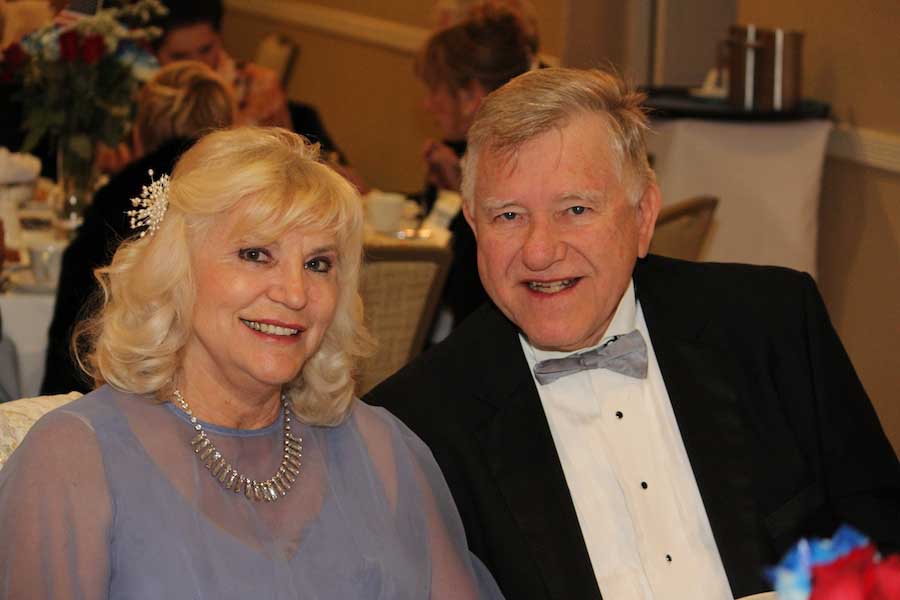


Did You Know? - The C-Ration, or Type C ration, was an individual canned, pre-cooked, and prepared wet ration. It was intended to be issued to U.S. military land forces when fresh food (A-ration) or packaged unprepared food (B-Ration) prepared in mess halls or field kitchens was impractical or not available, and when a survival ration (K-ration or D-ration) was insufficient.
Development began in 1938 with the first rations being field tested in 1940 and wide-scale adoption following soon after. Operational conditions often caused the C-ration to be standardized for field issue regardless of environmental suitability or weight limitations.

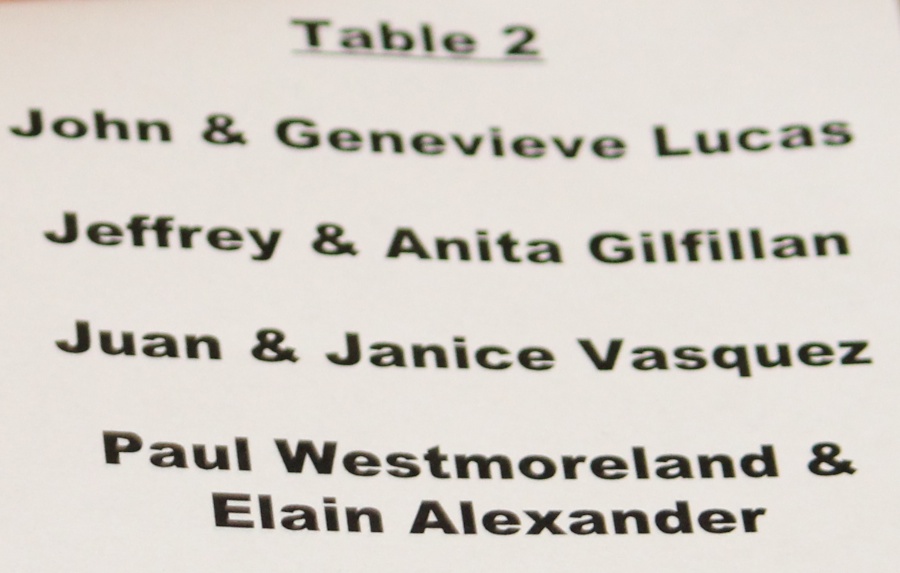




Did You Know? - The C ration was replaced in 1958 with the Meal Combat Individual (MCI).
Although officially a new ration, the MCI was derived from and very similar to the original C ration, and in fact continued to be called "C rations" by American troops throughout its production life as a combat ration (1958–1980).
Although the replacement for the MCI, the MRE, was formally adopted as the Department of Defense combat ration in 1975, the first large-scale production test did not occur until in 1978 with the first MRE I rations packed and delivered in 1981.
While the MRE officially replaced the MCI in 1981, previously packed MCI rations continued to be issued until depleted.

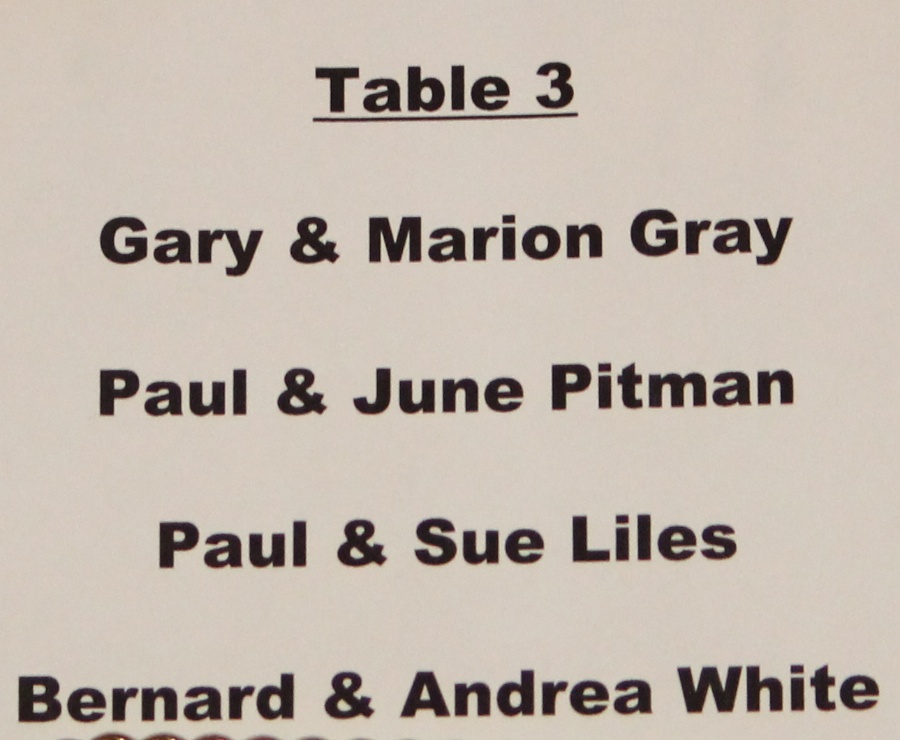



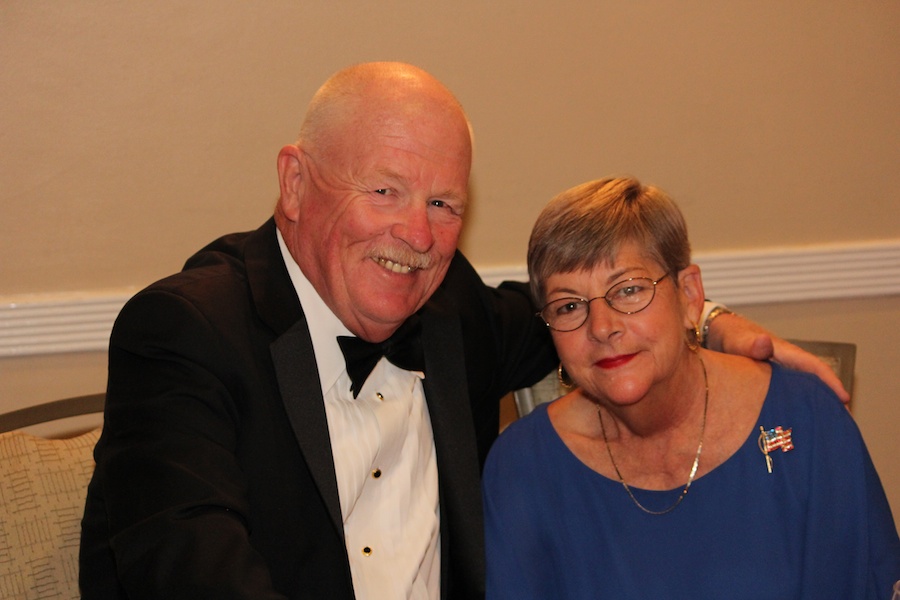
Did You Know? - The first U.S attempt to make an individual ration for issue to soldiers in the field was the "iron ration", first introduced in 1907. It consisted of three 3-ounce (85 g) cakes (made from a concoction of beef boullion powder and parched and cooked wheat), three 1-ounce (28 g) bars of sweetened chocolate, and packets of salt and pepper.
The ration was issued in a sealed tin packet that weighed one pound, to be carried in infantrymans' top tunic pocket, and was designed for emergency use when the troops were unable to be supplied with food.
It was later discontinued by the adoption of the "Reserve Ration", but findings from the development and use of the Iron Ration went into the development of the emergency D-ration.

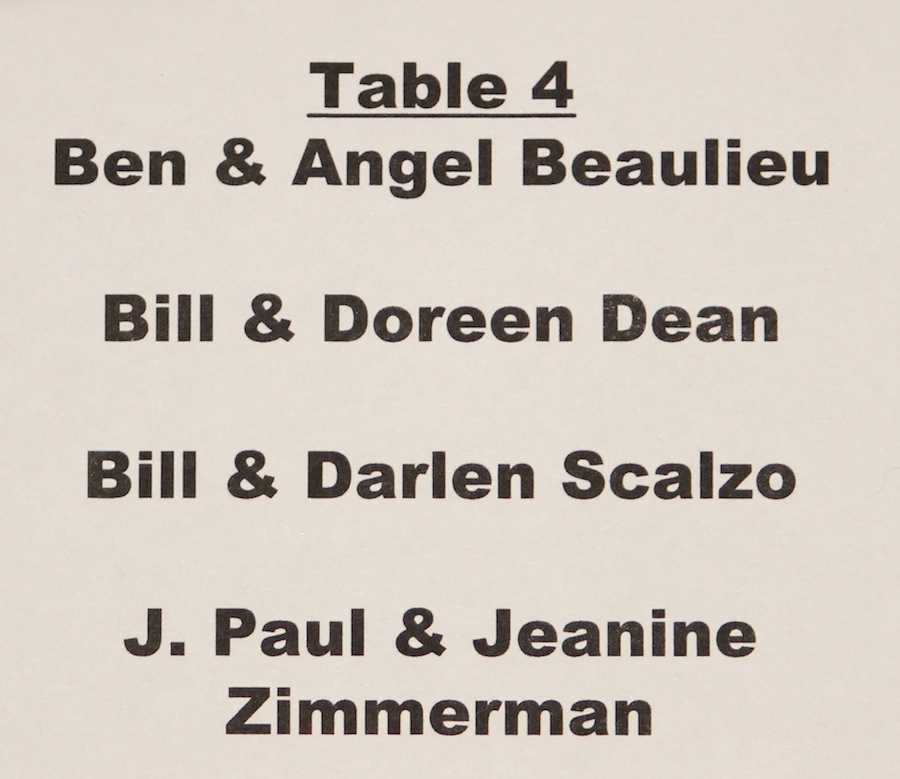
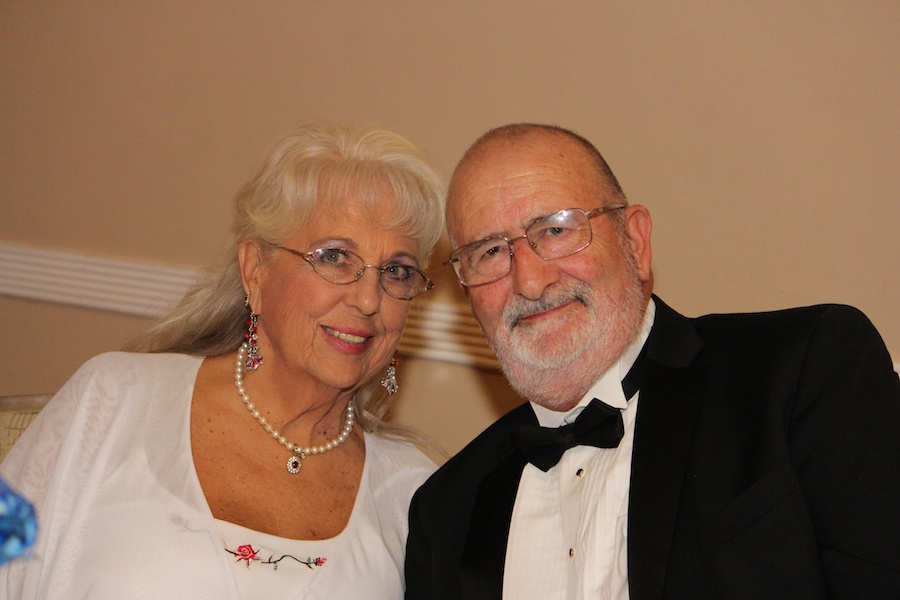
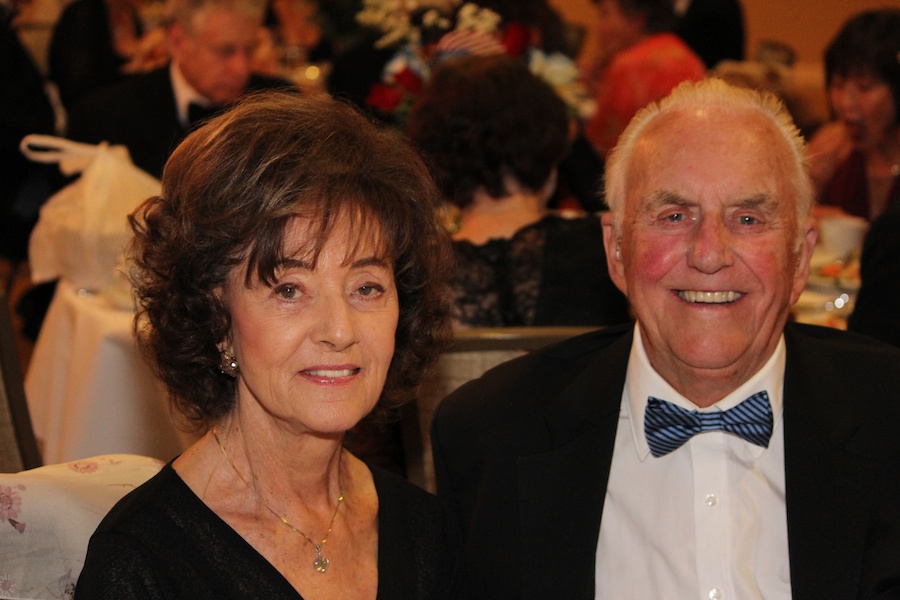


Did You Know? - The Reserve Ration was a ration issued during the latter part of World War I to feed troops who were away from a garrison or field kitchen.
It originally consisted of 12 ounces (340 g) of bacon or one pound of meat (usually canned corned beef), two 8-ounce (230 g) cans of hard bread or hardtack biscuits, a packet of 1.16 ounces (33 g) of pre-ground coffee, a packet of 2.4 ounces (68 g) of granulated sugar, and a packet of 0.16 ounces (4.5 g) of salt.
There was also a separate "tobacco ration" of 0.4 ounces (11 g) of tobacco and 10 cigarette rolling papers, later replaced by brand-name machine-rolled cigarettes.
After the war, there were attempts to improve the ration based on input from the field. In 1922, the ration was reorganized to consist of 1 pound of meat (usually beef jerky), 3 ounces (85 g) of canned corned beef or chocolate, 14 ounces (400 g) of hard bread or hardtack biscuits, coffee and sugar.
In 1925, the meat ration was replaced with canned pork and beans. In 1936, there was an attempt at variety by having an "A"-menu of corned beef and a "B"-menu of pork and beans. This was cancelled upon introduction of the new Field Ration, Type C, in 1938.

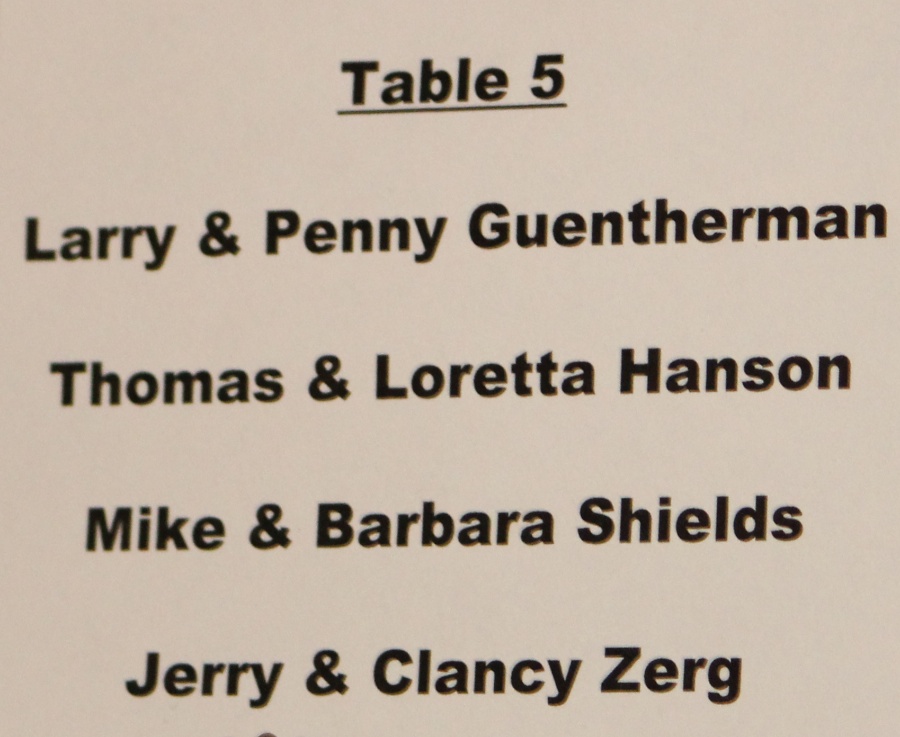


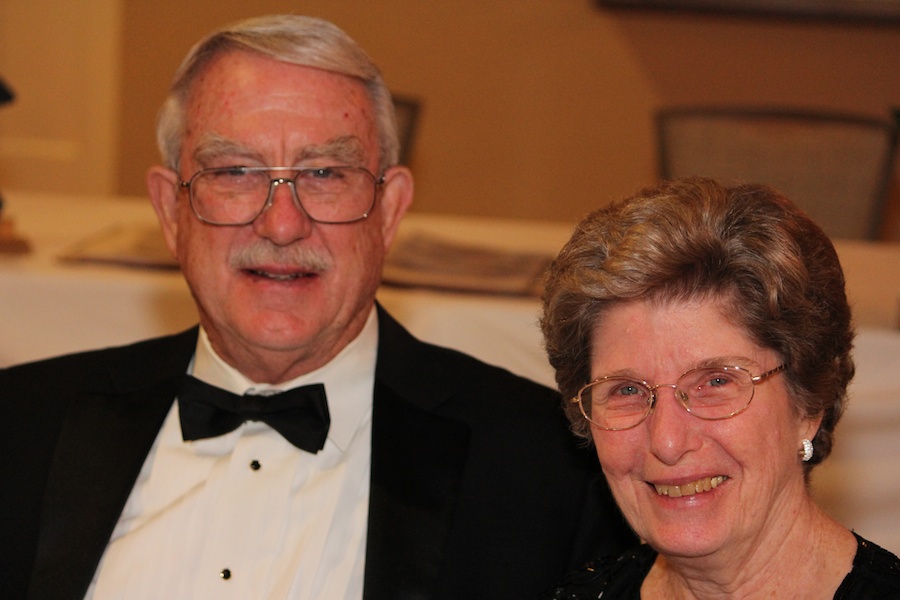
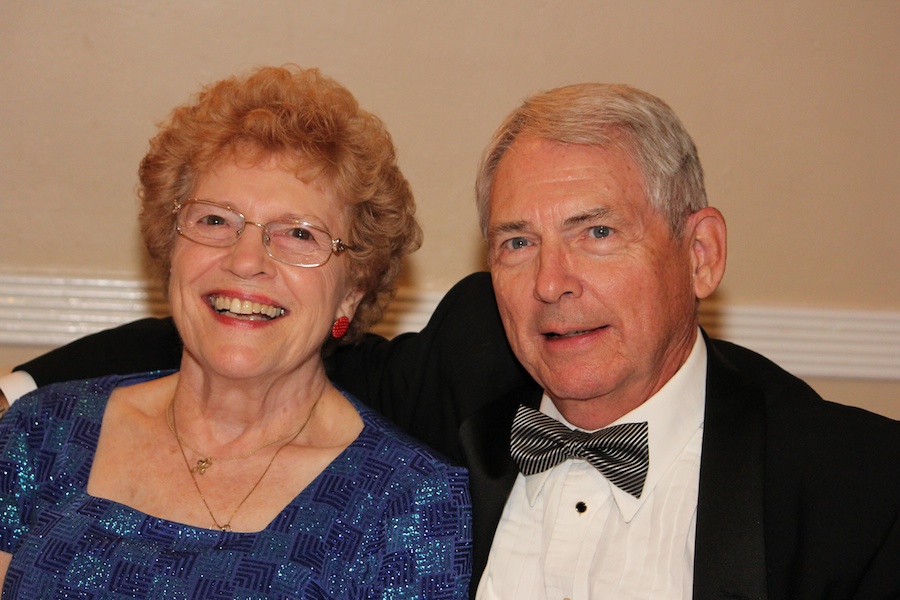
Did You Know? - The original Type C ration, commonly known as the C ration, was intended to replace the Reserve Ration as a short-term individual ration designed for infrequent use, to be supplemented by the D-ration emergency ration.
Development of a replacement for the Reserve Ration was undertaken by the newly formed Quartermaster Subsistence Research and Development Laboratory in Chicago in 1938 with the aim of producing a ration that was more palatable, nutritionally balanced, and had better keeping qualities.
The first Type C ration consisted of a 16-ounce (450 g) (reduced to 12 ounces (340 g) after being field tested during the 1940 Louisiana maneuvers) 'meat' unit (M-unit). In the initial Type C ration, there were only three variations of the main course: meat and beans, meat and potato hash, or meat and vegetable stew.
Also issued was one bread-and-dessert can, or B-unit. Each daily ration (i.e. enough food for one soldier for one day) consisted of six 12 oz (340 g) cans (three M-units and three B-units), while an individual meal consisted of one M-unit and one B-unit. The original oblong can was replaced with the more common cylindrical design in June 1939 due to mass production issues with this shape of can.
The 12 oz (340 g) C ration can was about 4.4 inches (11 cm) tall and 3 inches (7.6 cm) in diameter. It was made of non-corrugated tinplate, had a visible tin solder seam, and incorporated an opening strip. A key for use on the opening strip was soldered to the base of every B unit can.
The first C ration cans had an aluminized finish, but in late 1940, this was changed to a gold lacquer finish to improve corrosion resistance. Note that there is noticeable variation in the depth of gold color in World War II vintage cans, because of the large number of suppliers involved. Late in the war this was changed to drab green paint, which remained standard through the remainder of the C-ration's service life, as well as that of its (very similar) successor, the Meal Combat Individual (MCI).
During the war, soldiers frequently requested that the cylindrical cans be replaced with flat, rectangular ones (similar to a sardine can), comparable to those used in the earliest versions of contemporary K rations, because of their compactness and packability; but this was deemed impractical because of the shortage of commercial machinery available to produce rectangular cans. After 1942 the K ration too, reverted to the use of small round cans.




Song: Service Melody
A collection of the United States Military songs. Army (The Cassions Go Rolling Along) , Navy (Anchors Aweigh) , Air Force (Off We Go) , and Marines (The Marine Hymn)
|
|
Theme: Honoring Our Veterans
Page 1 - Meet and Greet | Page 2 - Who Was Here? Page 3 - Serious Dancing | Page 4 Comic View |
|

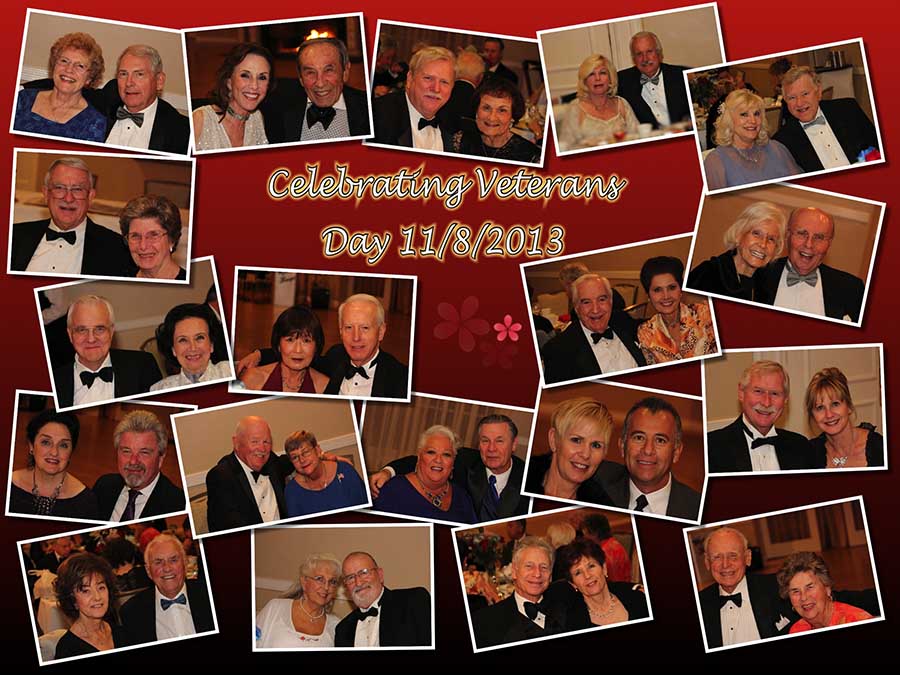 x
x
